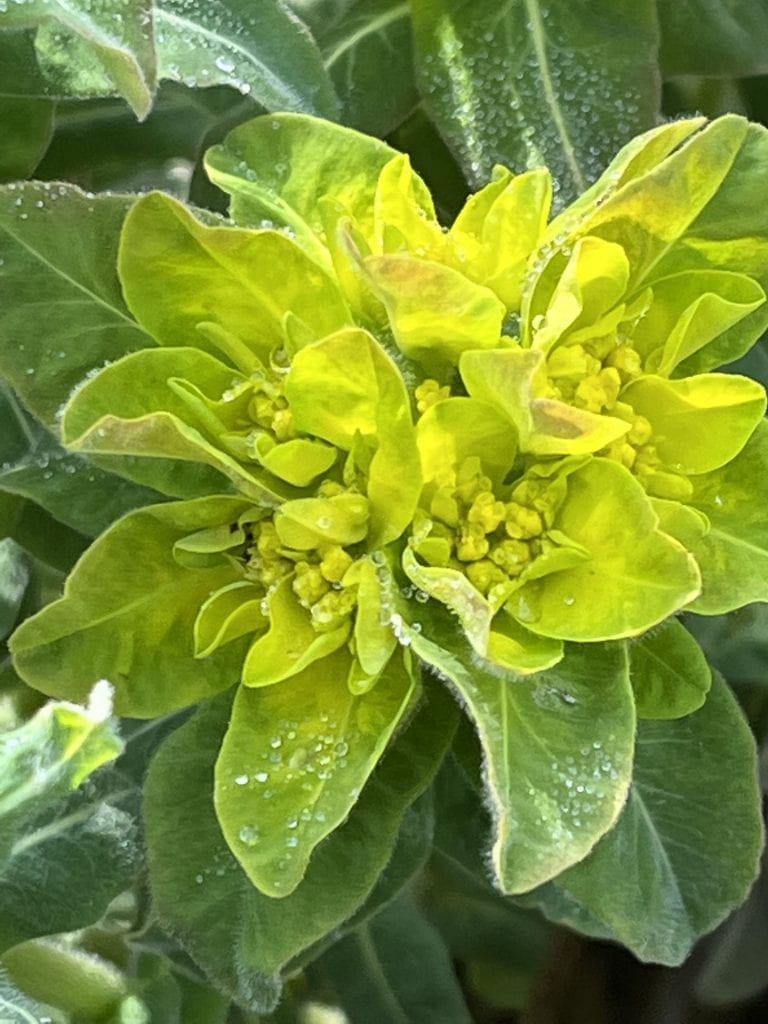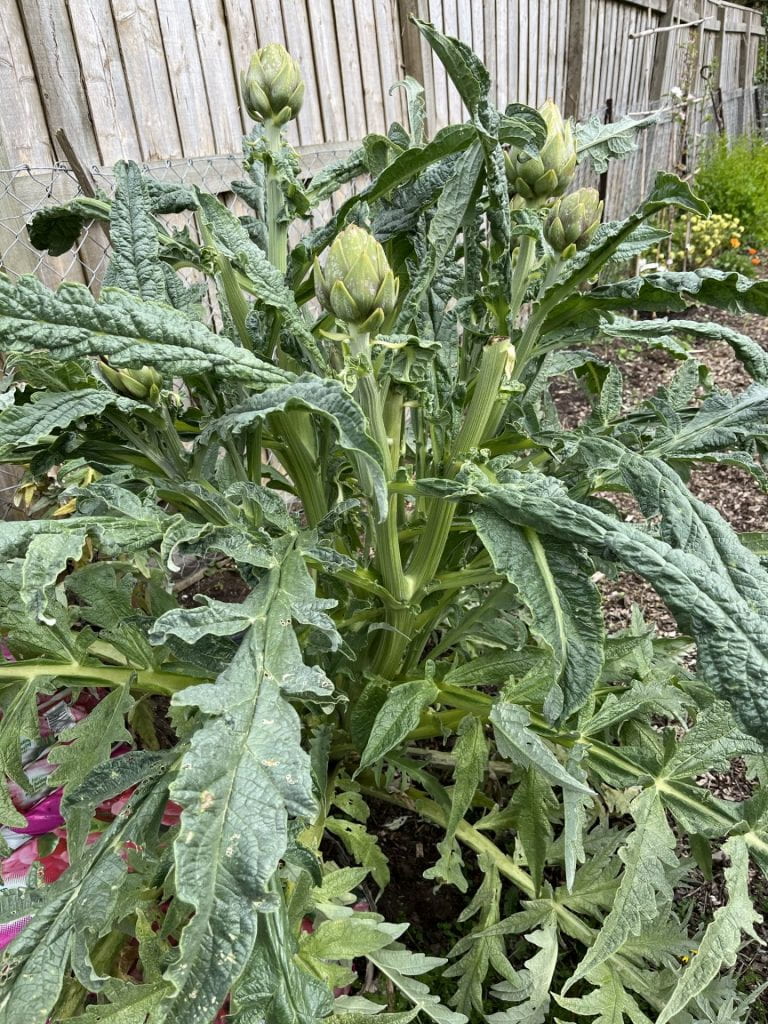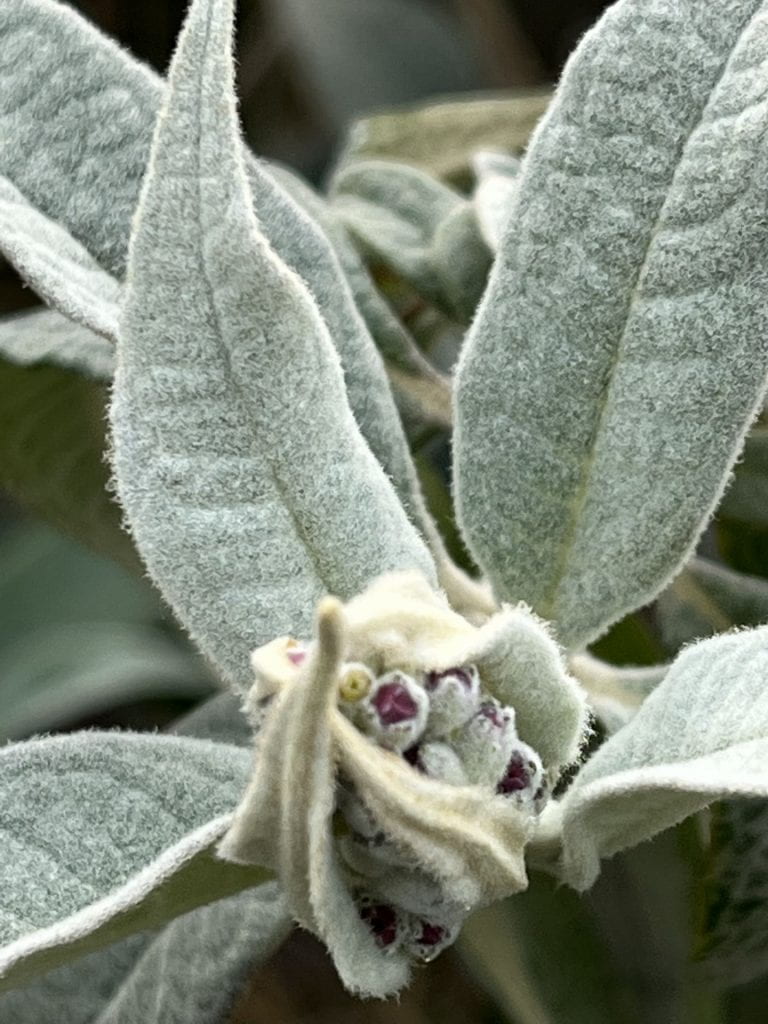Spring greens
The colour green has been around a long time in art, one word that covers a whole host of bluey greens, yellowy greens and everything in between. It is particularly relevant to this time of year for a northern hemisphere gardener when spring is on its way and the garden is a multitude of greens representing renewal and rebirth amongst other things.

A yellowy-green or is it a greeny-yellow could be called chartreuse, the name coming from a drink the Carthusian monks created in the 1600/1700s. They blended many, many herbs together – no wonder it came out a shade of green – named it Chartreuse and sold it as an elixir for long life. Apparently, it was enjoyed so much people started to drink it for the taste alone.
This seems to be a recurring story in monasteries. The Benedictine monks at Buckfast Abbey here in Devon created Buckfast Tonic Wine, a caffeinated drink originally made as a pick-me-up that used to be sold in Scotland as a cheap way of becoming intoxicated, particularly for those under the age of 18. Not quite the legacy or elegance of Chartreuse.
In the garden, it is a colour that lights up a darker corner, stands out from the crowd and screams ‘Notice Me!’ and goes so well with purples and reds and oranges. I have quite a lot of it to remind me in spring that things are on the move.

Slightly less yellow and you end up with what I call fiddlehead green, lime green or the HEX code #57E960 used by computers to communicate the red, green and blue colour value.
Fiddlehead ferns unfurl (try saying that quickly) in spring to reveal a light green that darkens over time. Called fiddleheads because they look like the scroll at the top of a fiddle or violin, they can be picked and eaten if cooked when they are supposed to have a taste somewhere between aparagus, broccoli and spinach. They are, however, poisonous if eaten raw and so I haven’t ever tried them myself.
The fiddleheads are large ferns and can reach over a metre high if the conditions are right and wave their greenery around in breezes. They keep a fairly dry patch of the garden looking fresh and as if there is far more damp around than might be expected. They look good under trees, out in the open and on banks in dappled sunlight – I have them in all three places and wouldn’t be without them.

How about some greens working together?
That’s the thing about greens in leaves, they always go together so here we have the yellowy-green of Penstemon pinefolius from California and the patterned green leaves of Cyclamen hederifolium. I really like the combination of greens in these two plants but I can’t take the credit for it. I planted the Penstemon but the Cyclamen planted itself in the little gap between the concrete edging of the bed and the tarmac of the drive. The coum (the tuberous bit the leaves and roots come off) is now almost the size of a dinner plate and spreading all over the edges of the drive.
The greens in the Cyclamen are more the racing type green in the centre with almost a grey-green outside that with some lighter edges to it that are nearly white. Each cyclamen plant has its own pattern and colours so no use trying to match them.

For a green with a hint of silver and on a completely different scale to Cyclamen, you can’t beat Globe Artichokes. These are big plants with serrated leaves that hang down. Sheltered by the greenhouse, it was so warm here in the garden this winter that the plant never lost its leaves, something they do up on the allotments, and so it has fruited a lot earlier than I would normally expect. These are dramatic plants which add a touch of glamour to a planting scheme. They do have a chemical in them called cynarin which can be bitter and hard to wash off your hands after you have handled the plant. The chokes of the flowers are delicious and I prefer to eat mine the french way, peeling off each segment, dipping it in mayonnaise and then scraping the flesh off with my teeth. Not something for the faint-hearted.

And finally, a very silvery-green not made out of pigment but caused by a host of white hairs fuzzing over sage-green leaves which is usually an adaptation for plants from hot countries to prevent water loss. This is a buddleja, a fancy one at that, but whose name I have forgotten. Once the shrub flowers, I will take photos and try to find a name for it. You can see the flower buds inside the protecting new leaves. Eventually those buds will hang down from the stem and the flowers will have a bell-like shape in purple-pink.
Something I always think about with these plants is how many different ways can you spell buddleja or buddleia? Which do you prefer? I bet the spelling with the i is the original and it has now been replaced with a j. Anyway, either works.
As the year goes on many of these greens will darken and fade so that freshness and symbol of growth and the year to come is at its strongest now. This is why I love spring greens so much.
This post was written as part of the #Wordpress #WordPrompt project where a different word is given each month to write about. This month’s word is #Green.